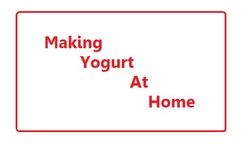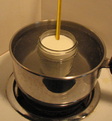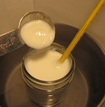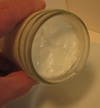
- 1 Cup milk, whole, 2%, or skim
- 1/2 Tablespoon plain starter yogurt. Any commercial kind with active cultures
- 1/8 Teaspoon sugar
- Glass container, microwave safe if using microwave oven
- Fahrenheit or Celsius thermometer-Helpful but not absolutely necessary



There is a great amount of information available on the Web, so check it out and have some fun!
 RSS Feed
RSS Feed
